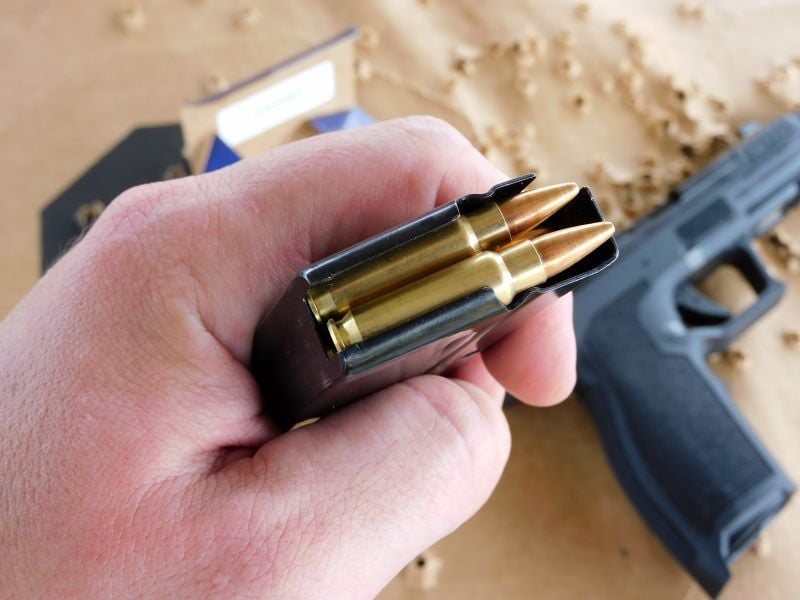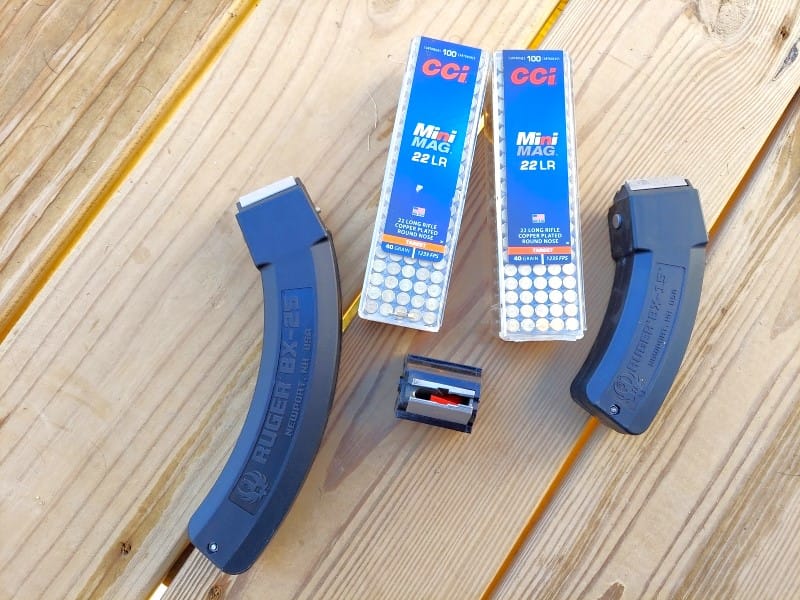When it comes to modern firearms, the magazine is the one component that is the most difficult to master in the engineering and building process. The magazine body and followers need to be shaped correctly to prevent snagging the action, while the magazine spring must be tuned to the shape and/or velocity of a given bolt, slide, and cartridge. With so much going on with something that looks so simple, it is fair to say that the magazines that come with the firearm out of the factory box will work best.

It serves as a best practice that any extra magazines you want to buy should be factory mags, but that rule is not hard and fast. Clone or aftermarket magazines are a viable option to consider. Indeed, it is not unheard of to have an aftermarket magazine in the box with a new firearm. There is an endless supply of magazine clones out there. Some are great, some are good, some are bad. But it is worth knowing why you should buy aftermarket mags and why you should not.
The Appeal
The appeal of clone magazines is twofold: they are inexpensive and various. The more magazines from different manufacturers on the market, the lower the price through the competitive process. Different variations also arise through that process.

For most applications, clone magazines are perfectly serviceable and can even open up the capabilities of an existing design. In other cases, they keep those existing designs in service altogether. For many older autoloading firearms, the only viable option is clone magazines.

The M1 Carbine, for instance, has been putting holes in things for 80 years and is still in production. Yet, original USGI magazines are harder to get and are often in rough shape. These magazines have elderly springs and other brittle bits that inhibit reliable function. Clone magazines from manufacturers like KCI, ProMag, and Auto Ordinance allow you to save those old mags for the collection while putting old guns back in service. In fact, new M1 carbine rifles come from the factory with these cloned magazines. Sometimes factory mags and clone mags are one and the same!
The Downsides
While some magazines, particularly those from Mec-Gar and Magpul, are aftermarket options that are commonly used as an OEM factory option, clone magazines are generally cheaper alternatives that are useful in a number of ways. Those include training purposes, upping your magazine capacity, and bringing old guns back into service. But their inexpensive price tag compared to factory new magazines can be a downside.
The cost accountant will tell you that a lower price tag is not done out of altruism. Prices can be lowered through more efficient manufacturing processes, but the tag can ultimately be brought down by cutting out needed materials, labor, and overhead. Sometimes, aftermarket magazines will not work correctly.
As a personal anecdote, I have tried KCI, ProMag, and Glock-brand Glock 17 33-round magazines over the years. Glock magazines performed perfectly. The KCI magazines are made in Korea and work very well, though the follower does not always lock open the slide of a Glock pistol on the last round. When loaded to full capacity, the ProMag misfed constantly. But when downloaded by a few rounds, I had no problems. Clearly, the magazine spring quality in the ProMag, while passable, is not up to snuff compared to other brands.

AK magazines, just like AK parts, are even better known for not interchanging. Too many countries have made the AK: Russia, West Germany, China, Vietnam, Poland, and even the United States. There is plenty of tolerance variation between the firearms and magazines that often mandate some minor modification. Old ComBloc magazines tend to work well in ComBloc guns, but foreign aftermarket and American-made magazines mixing and matching with new and old guns is a recipe for the occasional ill-fit of an otherwise fine magazine.
Terril’s Take
As a collector of old guns, I naturally gravitate toward aftermarket magazines. In newer firearms, I also gravitate toward aftermarket magazines. When possible, I like to keep as many factory magazines on hand as feasible. I trust factory magazines off the range because they have the best possible track record of reliability. But for every factory mag I have, I have a few more aftermarket ones. I like to shoot my old guns and I like having cheaper magazines for new guns that I can abuse on the firing line. I won’t feel bad about cheap magazines falling on concrete floors or getting lost in the grass.
On the flip side of that attitude, I tend to treat my aftermarket magazines with more care. They get more disassembling and cleaning. I also do not load them to full capacity. With this extra bit of care, my aftermarket magazines usually give no problems. But when used in a training capacity, aftermarket magazines can be very valuable if you don’t care for them. You might elect to run your carbine or handgun with clone magazines that are known for being problematic so you can practice malfunction clearance drills. This is just one of the many possibilities you can explore and a worthwhile reason to have some clone magazines lying around.

